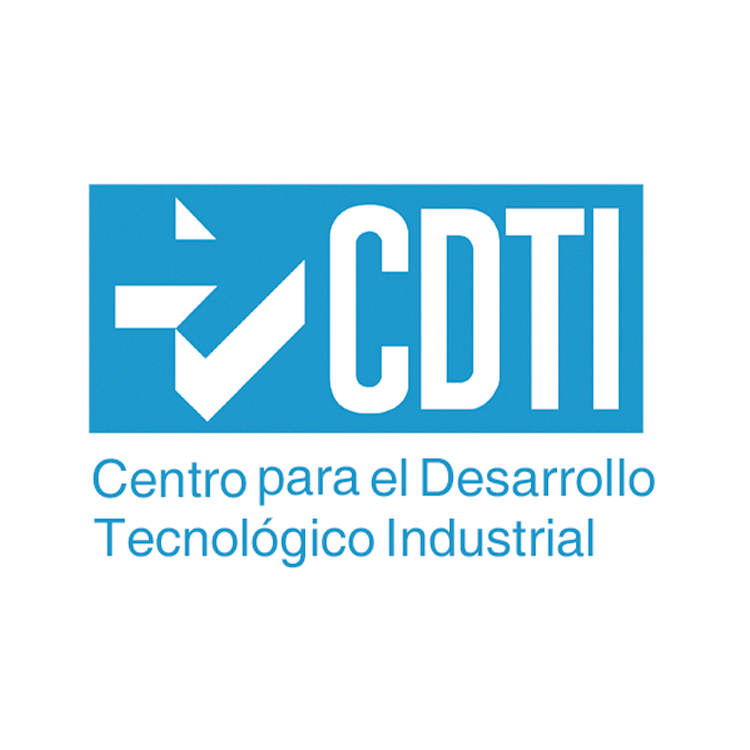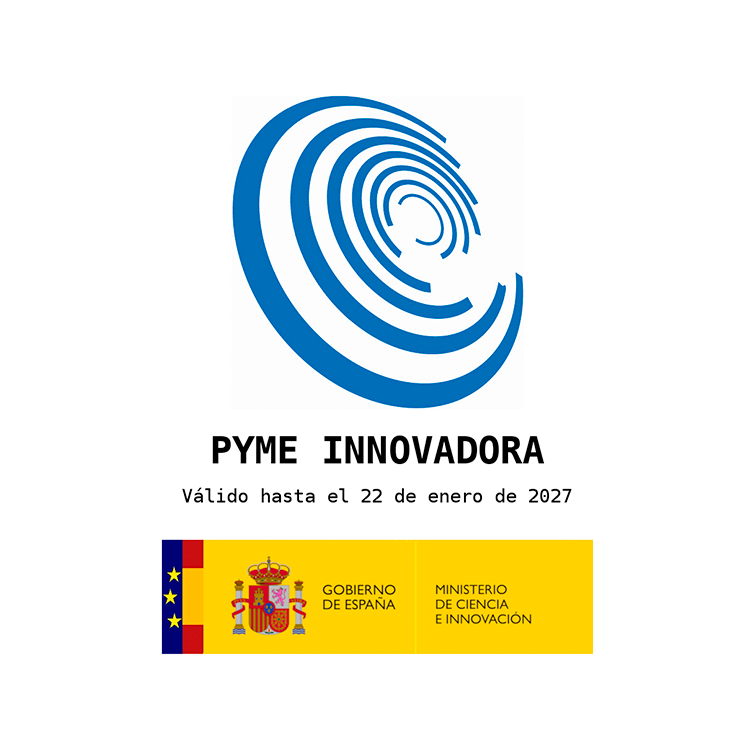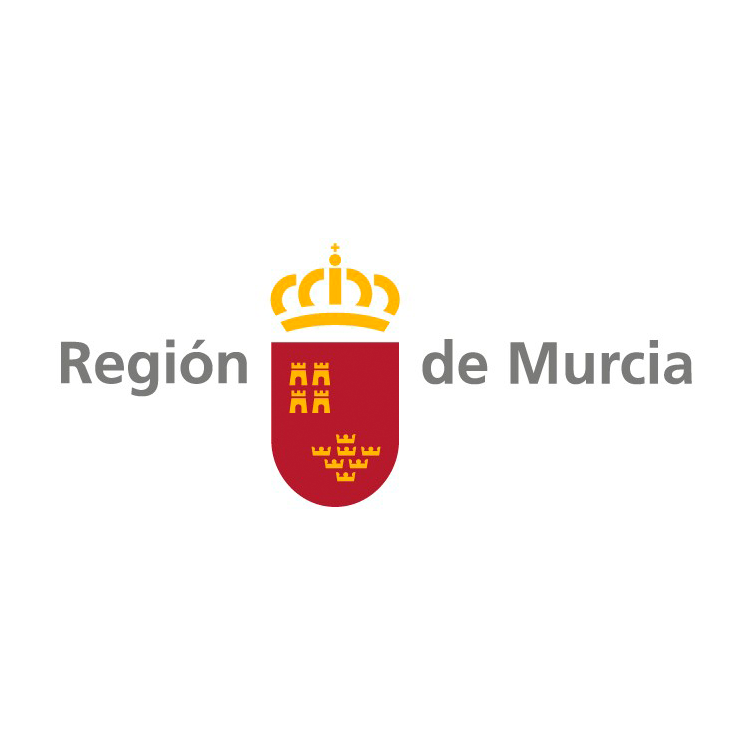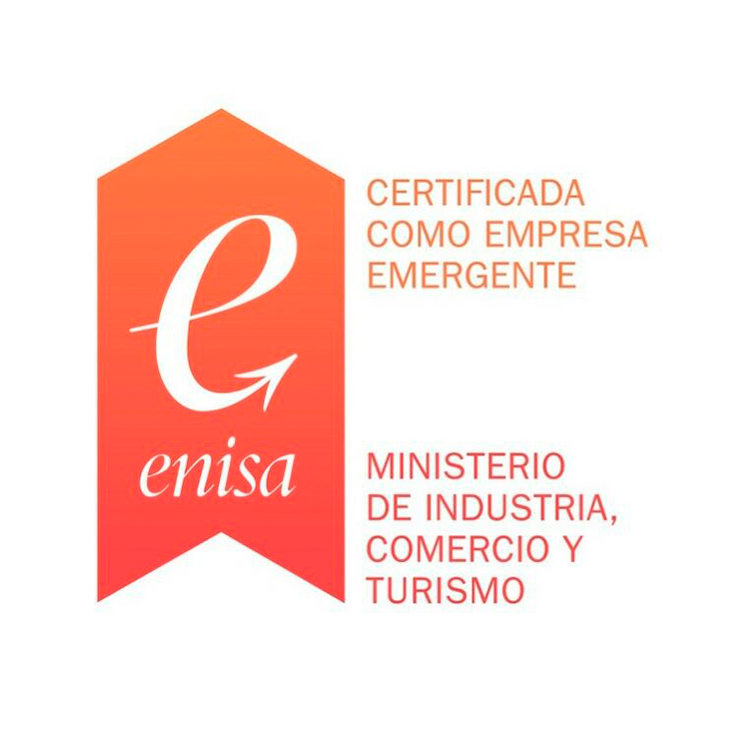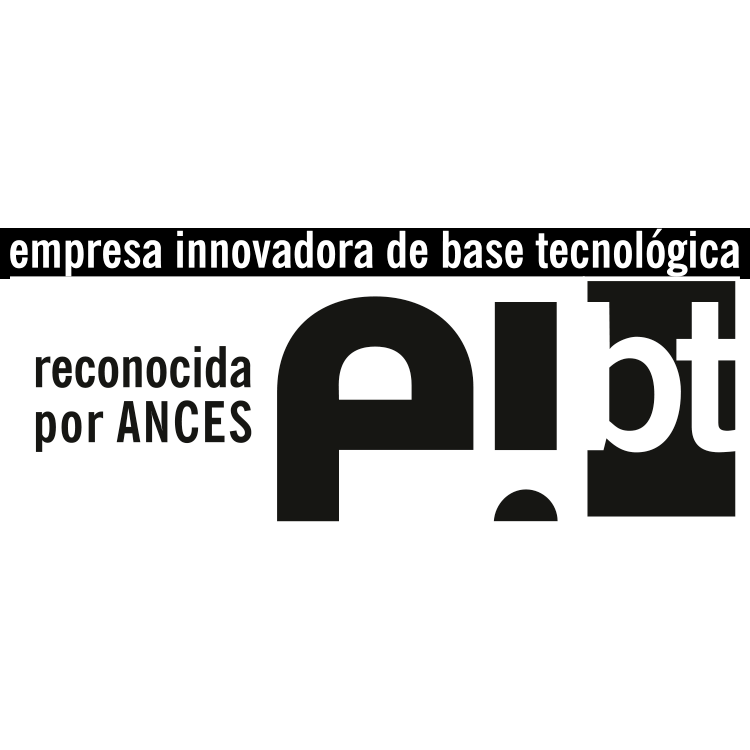Alejandro Peñin-Franch, José Antonio García-Vidal, Carlos Manuel Martínez, Pilar Escolar-Reina, Rosa M Martínez-Ojeda, Ana I Gómez, Juan M Bueno, Francisco Minaya-Muñoz, Fermín Valera-Garrido, Francesc Medina-Mirapeix, Pablo Pelegrín
Abstract
The NLRP3 inflammasome coordinates inflammation in response to different pathogen- and damage-associated molecular patterns, being implicated in different infectious, chronic inflammatory, metabolic and degenerative diseases. In chronic tendinopathic lesions, different non-resolving mechanisms produce a degenerative condition that impairs tissue healing and which therefore complicates their clinical management. Percutaneous needle electrolysis consists of the application of a galvanic current and is an emerging treatment for tendinopathies. In the present study, we found that galvanic current activates the NLRP3 inflammasome and induces an inflammatory response that promotes a collagen-mediated regeneration of the tendon in mice. This study establishes the molecular mechanism of percutaneous electrolysis that can be used to treat chronic lesions and describes the beneficial effects of an induced inflammasome-related response.
Full research article in:
Alejandro Peñin-Franch, José Antonio García-Vidal, Carlos Manuel Martínez, Pilar Escolar-Reina, Rosa M Martínez-Ojeda, Ana I Gómez, Juan M Bueno, Francisco Minaya-Muñoz, Fermín Valera-Garrido, Francesc Medina-Mirapeix, Pablo Pelegrín (2022) Galvanic current activates the NLRP3 inflammasome to promote Type I collagen production in tendon eLife 11:e73675
https://doi.org/10.7554/eLife.73675
24 February 2022

